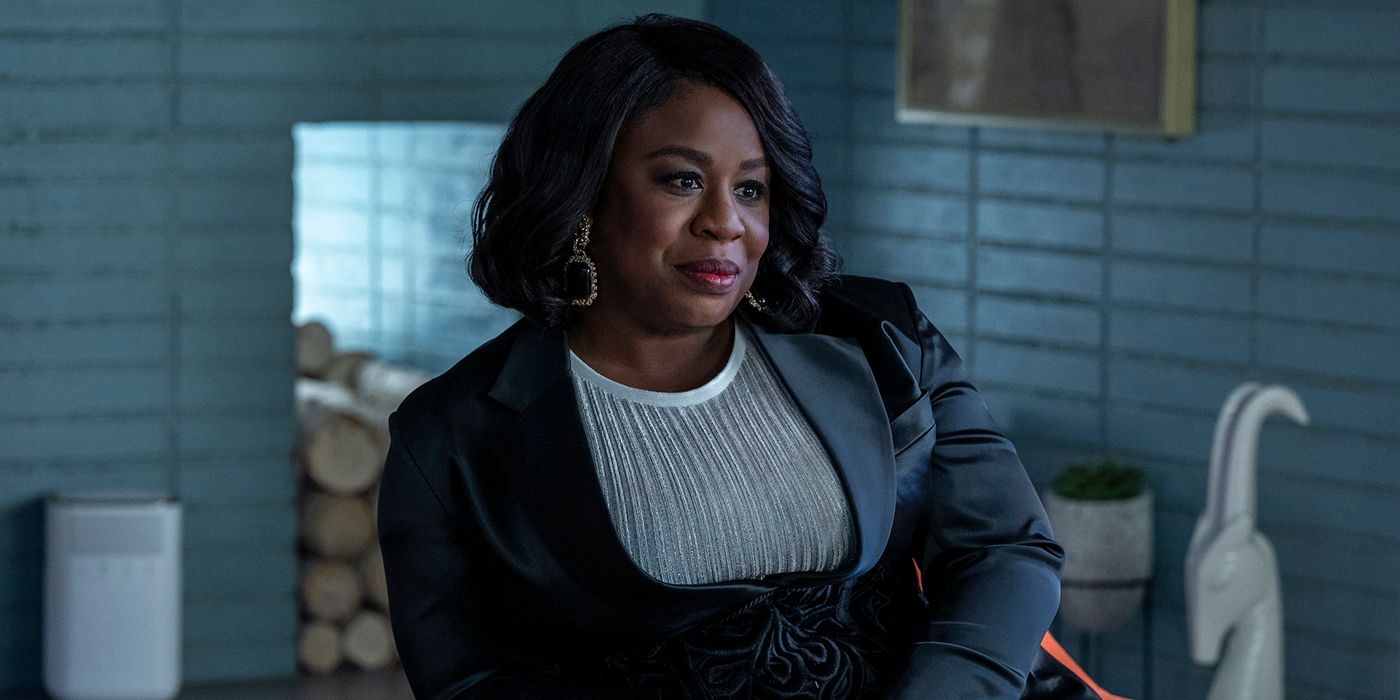This weekend will see the premiere of the fourth season of HBO's In Treatment. This premiere is unusual in that the third season ended more than 10 years ago, with the series being canceled afterward. The original In Treatment followed a psychiatrist, played by Gabriel Byrne, as he treated four difficult patients as well as seeing his own therapist. In Treatment received positive reviews and helped to launch the careers of actors like Mia Wasikowska, Alison Pill, and Dane DeHaan. However, the show never found a wide audience and few were surprised when it was canceled.
The new version of In Treatment is essentially a reboot, taking only the structure and general concept of the 2008-2010 show. Uzo Aduba will star as therapist Brooke Lawrence, with Anthony Ramos, John Benjamin Hickey, and Quintessa Swindell as her patients. The revived In Treatment is part of an expanded HBO slate, including series for the HBO Max streaming platform. Like the third season of the original series, the revival will air four episodes a week in pairs on Sundays and Mondays, with each client receiving one episode a week. The series will run for a total of twenty-four episodes over six weeks. The In Treatment revival will also feature a new pair of showrunners, Jennifer Schuur and Joshua Allen, taking over from series creator Rodrigo Garcia.
One of the major motivations for the revival was likely the COVID-19 pandemic. In Treatment is an extremely minimalist series. Each episode typically features just two actors, the therapist and patient, and one set. This would have made the COVID-prevention protocols for In Treatment a lot easier than for bigger-scope productions like Westworld and Game of Thrones spin-off House of the Dragon. This same small scale also likely made In Treatment a fairly cheap way to keep new content flowing when production was slowed or shut down elsewhere.
The re-casting of the main role also helped In Treatment come back. One of the reasons the original series ended was because star Gabriel Byrne was fatigued from the heavy filming schedule, which involved shooting as many as 43 episodes per season with Byrne on screen for the vast majority of the time. The new series has a reduced length of 24 episodes and a new star, maintaining In Treatment's signature structure while removing some obstacles to shooting.
The revived In Treatment could also capitalize on the growing public interest in mental health, driven by public campaigns for greater awareness of mental illnesses such as depression and anxiety, that has taken place since its original conclusion a decade ago. Long-running shows like Grey's Anatomy have had to revise how they depicted mental health, perhaps catching up to where In Treatment was all along. Reality series like Couples Therapy have proven that there's an audience for on-screen depictions of the therapeutic process.
Time will tell whether this reboot of In Treatment is the start of a second life for the series or a one-off pandemic-era oddity. With HBO's streaming expansion, and increased interest in "long tail" content that can reach a small but dedicated audience, it's possible to imagine more seasons of In Treatment, either with Aduba returning or with different actors stepping into the central role. In any case, the decade-later continuation is another thing that makes In Treatment one of the most unique shows in television history.


